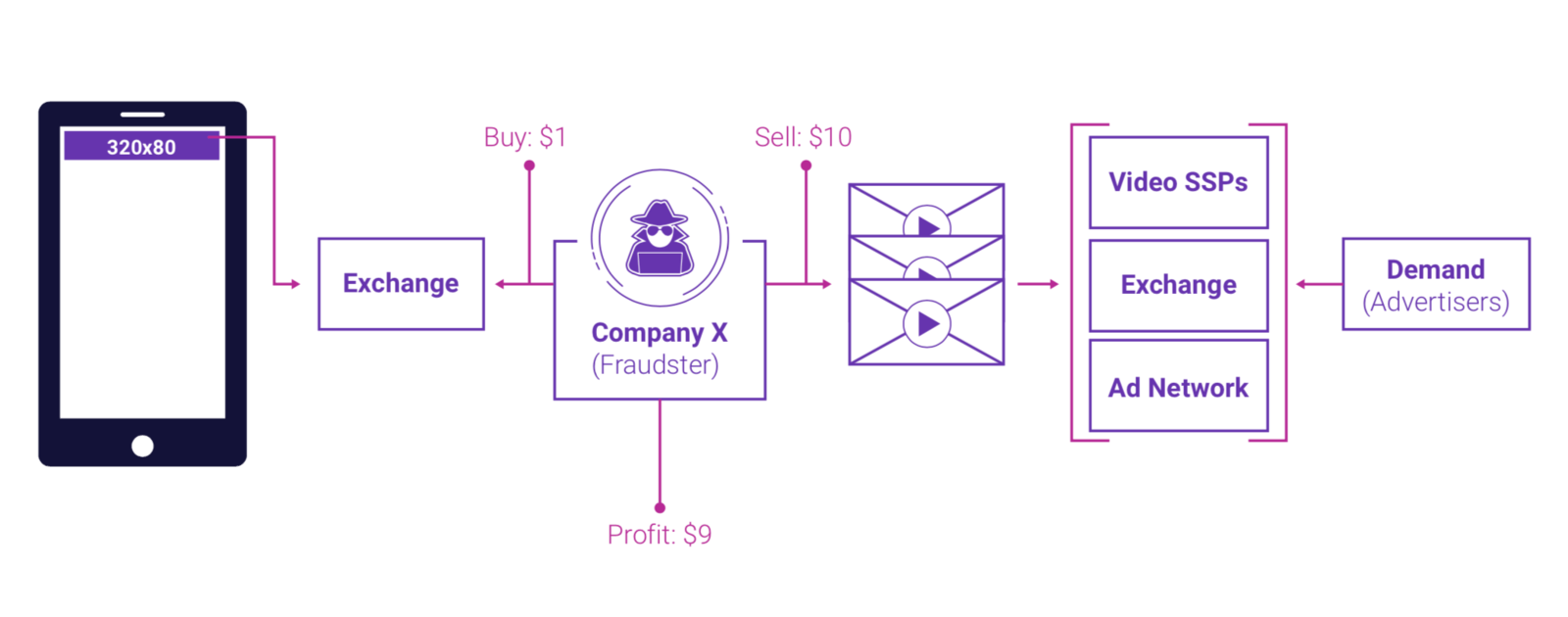
Mobile devices's battery is already limited. Most people have been willing to do anything to prolong their phone's usage, to at least last one full day.
What this means, they tend to actively monitor their activities to know what consumes their battery. Anything unusual should be put to an end.
In an investigation by fraud detection firm Protected Media with additional investigation by BuzzFeed, it has been reported that several Android apps can consume a staggering amount of battery by forcing devices to open multiple banner ads at the same time.
This kind of scam involves stacking multiple video ads behind a typical banner ad.
Because these multiple malicious autoplaying video ads run behind legitimate ad, user can't actually see them, let alone know that the ads are running.
As a result, this would drain their devices' battery, just as if they had been watching numerous video ads.
BuzzFeed traced the scam to an ad technology company called OutStream Media, a subsidiary of Aniview, and some questions were raised about its involvement.
Aniview itself denied any wrongdoing, and said that it was fighting against this kind of bad activities and usage of the platform.
Aniview says it runs a self-service platform and is not to blame, but BuzzFeed paints a picture of Aniview as a seemingly sketchy organization.
“BuzzFeed brought to our attention that there is an abuse activity, as an immediate action, we stopped this activity and started and continue an internal incident review,” said Aniview CEO Alon Carmel in an emailed statement. “We notified and emphasized our clients that the use of our platform must be according to our policy and the IAB and TAG guidelines.”
“We are fighting against bad activities, pushing and focus on clean and legit activities and should not be blamed or framed for bad use of our platform."
Protected Media also found a significant portion of the banner ads were purchased using MoPub, the mobile ad network owned by Twitter. This does not mean MoPub was engaged in this malicious scheme, but it does mean Twitter’s ad platform was exploited for months by fraudsters.
"At this time, we can confirm that the suspicious activity in question is not being initiated by MoPub,"” a company spokesperson told BuzzFeed News. "The activity observed by Protected Media stems from an ad that is initiating other non-viewable video ads to run in the background. We are currently investigating what the potential sources of the issue could be."

It’s a type of ad fraud known as 'Ad Stacking' or sometimes 'Ad Stuffing', and it's indeed lucrative.
This rogue process is similar to cryptocurrency malware that steals users' computing resources to mine cryptocurrencies, potentially draining battery and cellular data in the process. One example, is the 'Loapi' malware, which the researchers from antivirus provider Kaspersky Lab have dubbed it a "jack of all trades".
According to BuzzFeed, app developers cannot be blamed here, as they are too were surprised to find an influx of complaints about why their apps are draining users’ batteries and consuming more data than necessary.
The report suggested that the ad network the apps' developers have signed up to, had been hijacked by scammers within the larger ad business.
Not only that affected Android phones were experiencing unusual spike of app usage, resulting to unusual battery consumption, these malicious ads can also cause damaging affect to the advertising industry as a whole.
This is because the scammers can simply buy cheap banner spots, to then fill them with expensive video ads, profiting in the process.
“Fraudsters are purchasing cheap in-app display inventory and are filling it with multiple video players behind innocuous fake branded display ads,” said Asaf Greiner, the CEO of Protected Media.
And because those rogue ads would register as having been watched, they would generate ad revenue for the scammers. In the late October 2018, Greiner observed "tens of millions of dollars worth" of these video ads running per month.
This problem won't go away anytime soon, since it's difficult for anyone to address given that the process is hidden from view.
For users who suspect their phone to experience such problem, they may want to narrow the battery usage to a specific app, and might be worth uninstalling it and letting the developer know about the problem.